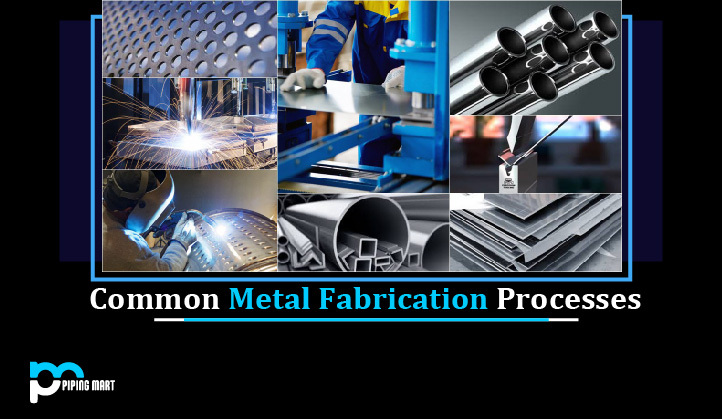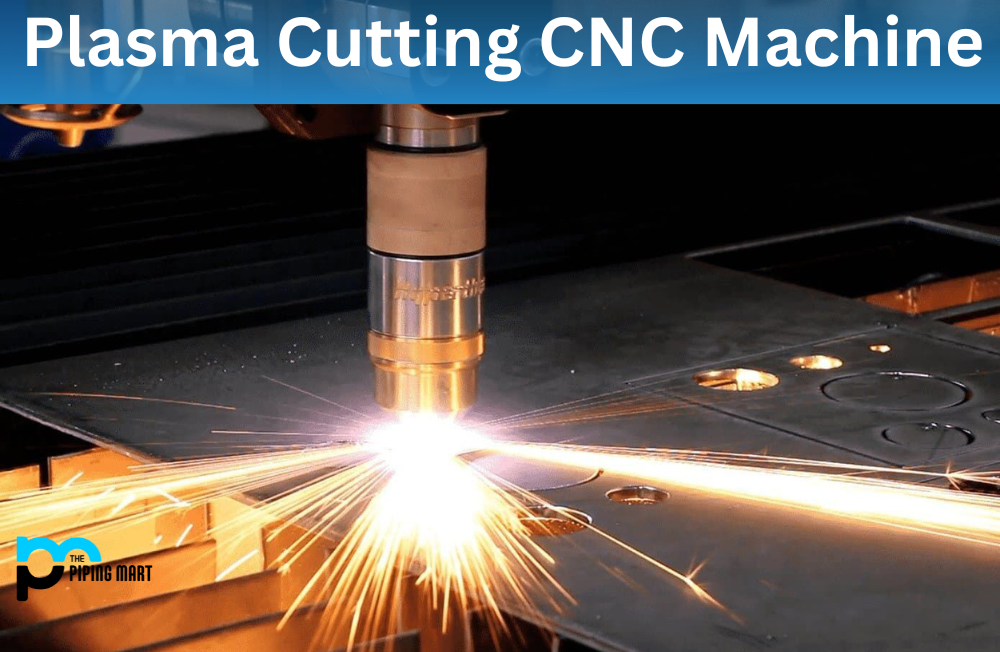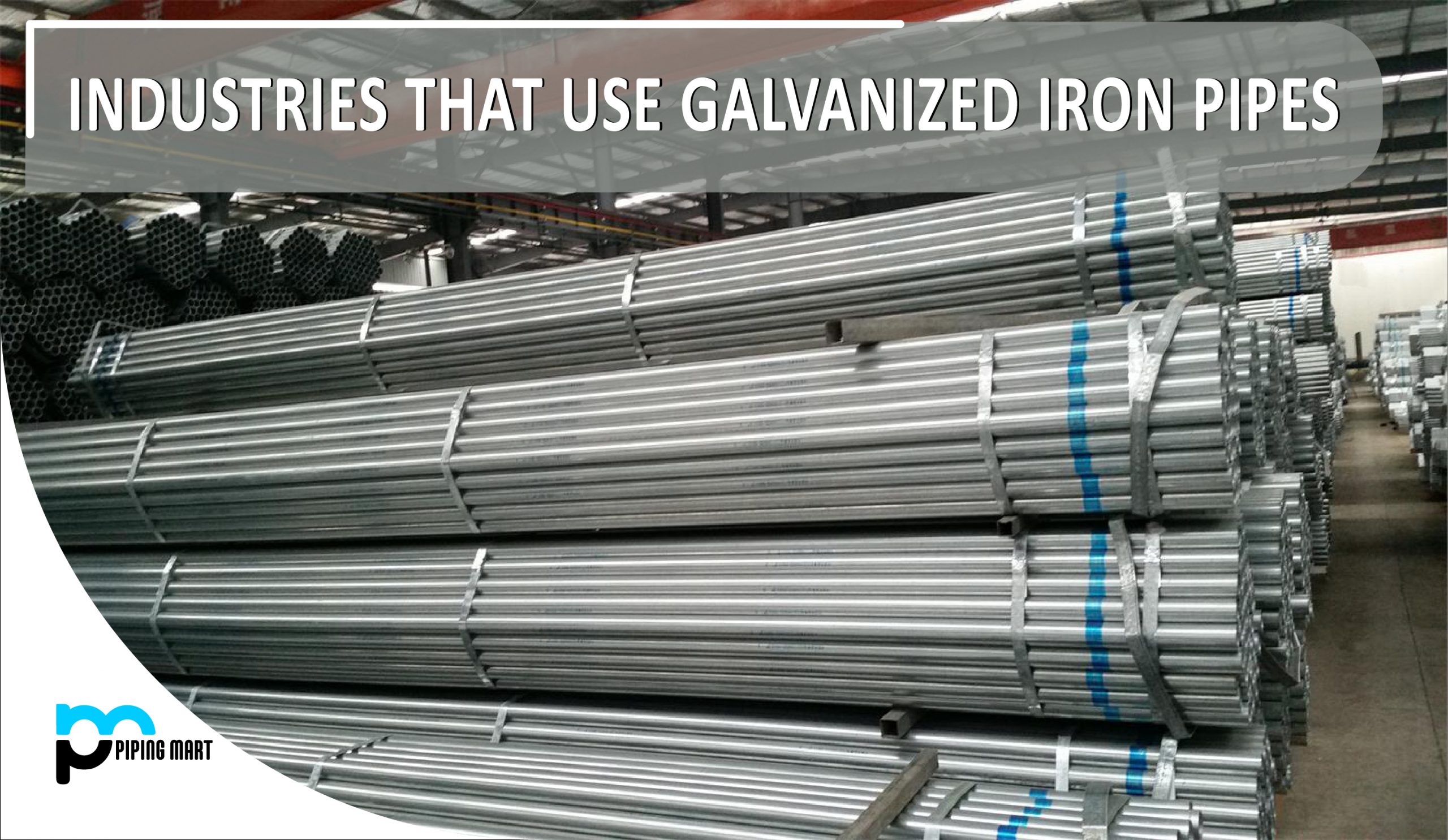Metal manufacturing is the process of cutting, casting, or forming a metal material into a final product. Manufacturing does not assemble the final product from finished components but manufactures the final product from raw materials or semi-finished products. There are many different manufacturing processes and manufacturing processes and the method used will depend on the starting metal material and the desired final product. Manufactured for non-standard and standard products. Metal plays an important role in every industry and home appliance. Metal manufacturing is the process of converting raw metal into finished shapes for assembly. The process used is complex and diverse.
Types of metal fabrication-
- Casting- The process of pouring molten metal into a mold, allowing it to cool and solidify into the desired shape. This method is very suitable for mass production of parts by repeatedly using the same mold to make the same product. There are different types of occupations. In injection molding, molten metal is pressed into the mold instead of the mold and held under the applied pressure until it solidifies. This process is known for the high-speed applications it supports. In continuous casting, molten metal is poured into a mold.
- Cutting- This very common type of manufacturing involves cutting a piece of metal into smaller pieces. Although sawing is the oldest cutting method, modern methods include laser cutting, water jet cutting, electric scissors, and plasma cutting. There are many different cutting methods, from manual and power tools to computer-controlled CNC machines. Cutting can be the first step in a long production process, or it can be the only process used.
- Drawing- Drawing uses tensile force to pull metal into and through a tapered die. Drawing is usually done at room temperature, called cold drawing, but metal parts can be heated to reduce the force required. When the depth of the finished product is equal to or greater than its radius, this process is called deep drawing.
- Folding- One of the most difficult metal manufacturing processes is bending, which is the process of manipulating a metal surface to shape it at a specific angle. In some bending applications, the goal is to bend the metal surface 90 degrees or more or less. However, due to the complexity of the entire process, folding can only be done in a room equipped with special high-tech equipment. In many cases where folding is required, connecting two metal plates at a selected angle is the most practical choice.
- Welding- In addition to cutting, welding is one of the most popular metal manufacturing processes among artisans. During the welding process, two separate metal parts are connected.
- Machining- Machining refers to the process of forming metal by removing unwanted materials. This process can be done in a variety of ways. There are many different machining methods, including drilling, turning, and milling. To drill holes in the material, you need to use a rotary cutting tool-a drill bit. The drill bit is pressed against the metal while rotating very fast, forming a circular hole.
- Punching- The uniquely shaped turret on the punch press can punch through metal or punch into the mold and punch holes. Most punches are mechanical but smaller, simpler molds can be used manually.
- Extrusion- When pushing through the mold opening or closing, the diameter of the workpiece will be reduced to the cross-section of the mold. When the mold is pressed, a cavity is created in the workpiece. Both of these methods usually use cylinders or metal ingots and pistons for striking operations. To produce parts of different shapes, the cross-section of the mold can have different shapes. Extrusion can be continuous to make very long parts, or semi-continuous to make many shorter parts.
- Stamping- This process is similar to stamping, the difference is that the press does not punch holes in the metal, but instead creates notches. The revolver doesn’t push the metal through the mold, it just lifts it. Punching is used to create shapes, letters, or pictures on metal sheets or plates. There are two types of punches: mechanical and hydraulic. Metal stamping machines form, stamp, cut, and shape sheet metal.

Pipingmart is B2B portal specializes in industrial, metal and piping products. Also, share latest information and news related to products, materials and different types grades to help business dealing in this industry.




